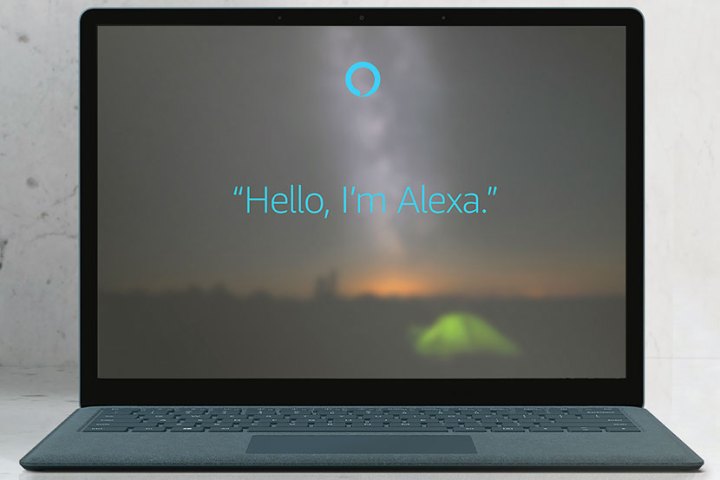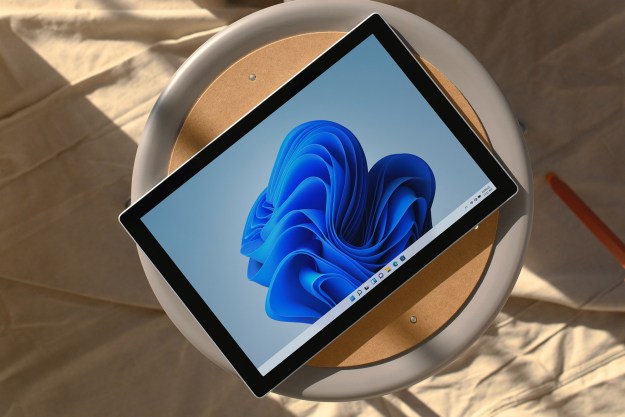
Just how bad this cat fight will be remains to be seen, but here’s what we do know. Alexa will be making an appearance this year on Windows 10 PCs made by HP, Lenovo, Asus, and Acer, in the form of a stand-alone app. She’ll be able to listen for her wake word (Alexa, Computer, or Echo) and respond to queries just as she does via Amazon’s Echo, and the myriad devices that already support its assistant.
While it’s true that Microsoft and Amazon have discussed the possibility of Cortana and Alexa being friendly enough toward each other to have a conversation now and then, that’s a far cry from the two assistants actually occupying space on the same device. Some have speculated that this move is matter of survival for Windows device makers, who desperately need a way to control smart home devices, something which Cortana hasn’t really mastered. Alexa, on the other hand, has seldom met a smart home gadget she couldn’t whisper commands to. Yep, she’s got mad skills in that department.
Where will Alexa be showing up first? “Select Acer Aspire, Spin, Switch, and Swift notebooks,” according to PCWorld, “as well as Aspire all-in-one PCs beginning in the first quarter of 2018. Asus will add
This surprising news should make Apple a bit nervous, too. Apple’s way ahead of Microsoft in terms of home automation thanks to its HomeKit efforts, but that’s largely been an iOS-specific implementation. If Siri doesn’t show herself to be as good a listener as Alexa, will it be long before Amazon builds
Editors' Recommendations
- Scores of people are downgrading back to Windows 10
- Microsoft plans to charge for Windows 10 updates in the future
- Roundup of pets messing with Google and Alexa
- After 10 years of headaches, I’m finally a believer in Windows on ARM
- Windows 11 might pull ahead of Windows 10 in one key way



